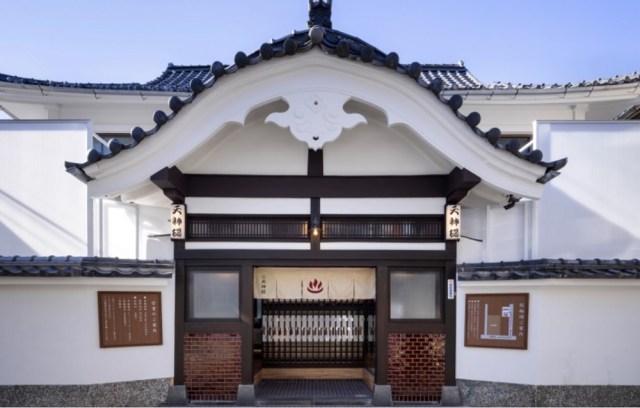
There’s a new reason to go to Tenjinyu.
Japan loves a nice, long bath, so it’s cause for celebration when a new hot spring is found, and even more so when it’s discovered in a location that people have easy access to. This time, though, the cause for celebration has an unusual twist to it, as a hot spring has been found in Tokyo…but in a place where people have already been taking baths for several decades.
Tenjinyu opened in Tokyo’s Nakano neighborhood more than 80 years ago and is what’s called a sento in Japanese. Sento are public baths which use well water that’s heated by the facility before being added to the tubs, and so they’re usually considered a lower class of bathhouse than an onsen (hot spring). However, following a recent examination of Tenjinyu’s water quality by Nakano Ward officials, it’s now officially recognized as a hot spring.
▼ A visit to Tenjinyu
Japan actually does have an Onsen Law, which lays out parameters that need to be met for a facility to legally present itself as a hot spring, with the simplest path to certification being if water drawn from the ground exceeds a temperature of 25 degrees Celsius (77 degrees Fahrenheit). However, water that’s below that temperature when drawn can also be certified as hot spring water if it contains a large enough amounts of certain minerals, acids, or ions, and the study of the well water that Tenjinyu uses for its baths was found to be sufficiently abundant in metasilicic acid, which, despite the arguably intimidating name, is said to smooth and beautify the skin, making it exactly the sort of thing bath fans find desirable to soak in.
The official hot spring certification follows a renovation to the building which was completed near the end of 2023, and Tenjinyu has now updated its name to “Nakano Onsen Tenjinyu.”
▼ Tenjinyu’s exterior
▼ The interior, with a mural of Mt. Fuji for bathers to admire as they soak

The official onsen certification came in late March, but it’s taken a few weeks for word to spread. Yoshiji Matsumoto, Tenjinyu’s 77-year-old second-generation owner, says he was thrilled when he got the results of the water survey, and it’s not hard to see why.
Though communal bathing has been a part of Japanese culture for hundreds of years, in the modern age there’s a pretty big dichotomy in demand for such facilities. Onsen/hot springs remain extremely popular, and are even enjoying a prolonged upswing in interest from younger age groups, thanks to their image as a relaxing luxury. Sento, on the other hand, have fallen on pretty hard times. Back in the days when Japan’s average standard of living meant most people didn’t have private bathing facilities in their own homes, sento were a necessity, and also arguably a sort of informal community center where local residents would interact with one another. Nowadays, though, it’s extremely rare for even the most basic and spartan studio apartments to not include at least a shower, leading to a severe drop in demand for sento since people can get ordinary hot water at home.
So-called “super sento,” large non-hot spring bathhouses with attached restaurants, massage parlors, beauty salons, and other amenities are doing OK, but many traditional old-school sento now struggle to draw in enough customers to stay in business, and their closures mean that a part of Japanese culture is in danger of disappearing. Tenjinyu’s new hot spring certification gives it a little extra prestige and allure, though, with many comments for the above video coming from people saying they’re now thinking of visiting the place for the first time, and hopefully the expanded interest will keep the bathhouse in business for a second century.
Bathhouse information
Nakano Onsen Tenjinyu / 中野温泉 天神湯
Address: Tokyo-to, Nakano-ku, Nakano 5-10-10
東京都中野区中野5-10-10
Open 3 p.m.-11:30 p.m
Closed Thursdays
Admission 550 yen (towel rental 50 yen)
Website
Source: TV Asahi via Yahoo! Japan News, Tokyo Sento Map, Limo
Top image: Nakano Onsen Tenjinyu
Insert image: Nakano Onsen Tenjinyu
● Want to hear about SoraNews24’s latest articles as soon as they’re published? Follow us on Facebook and Twitter!
Like this:
Like Loading…


AloJapan.com